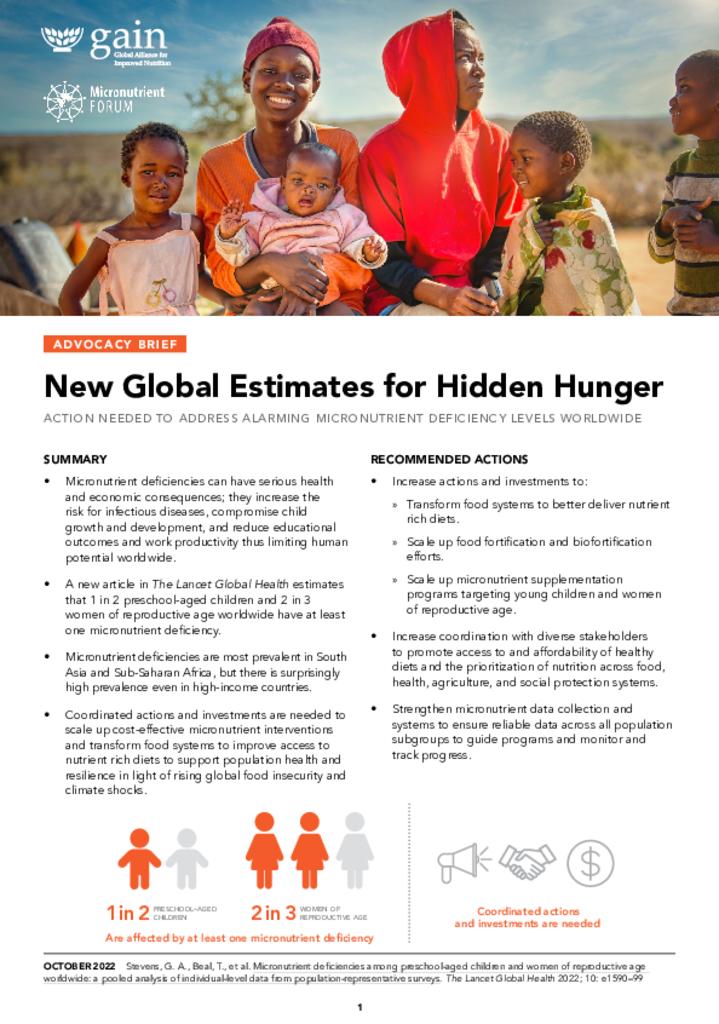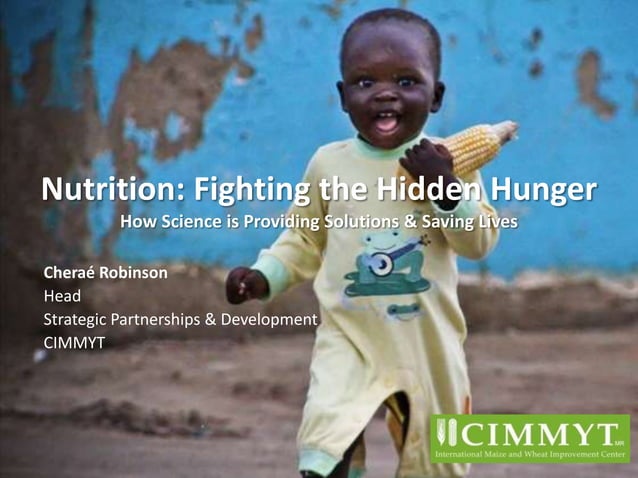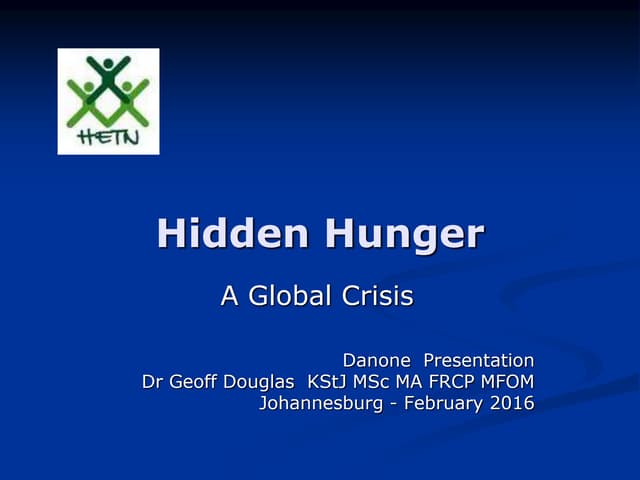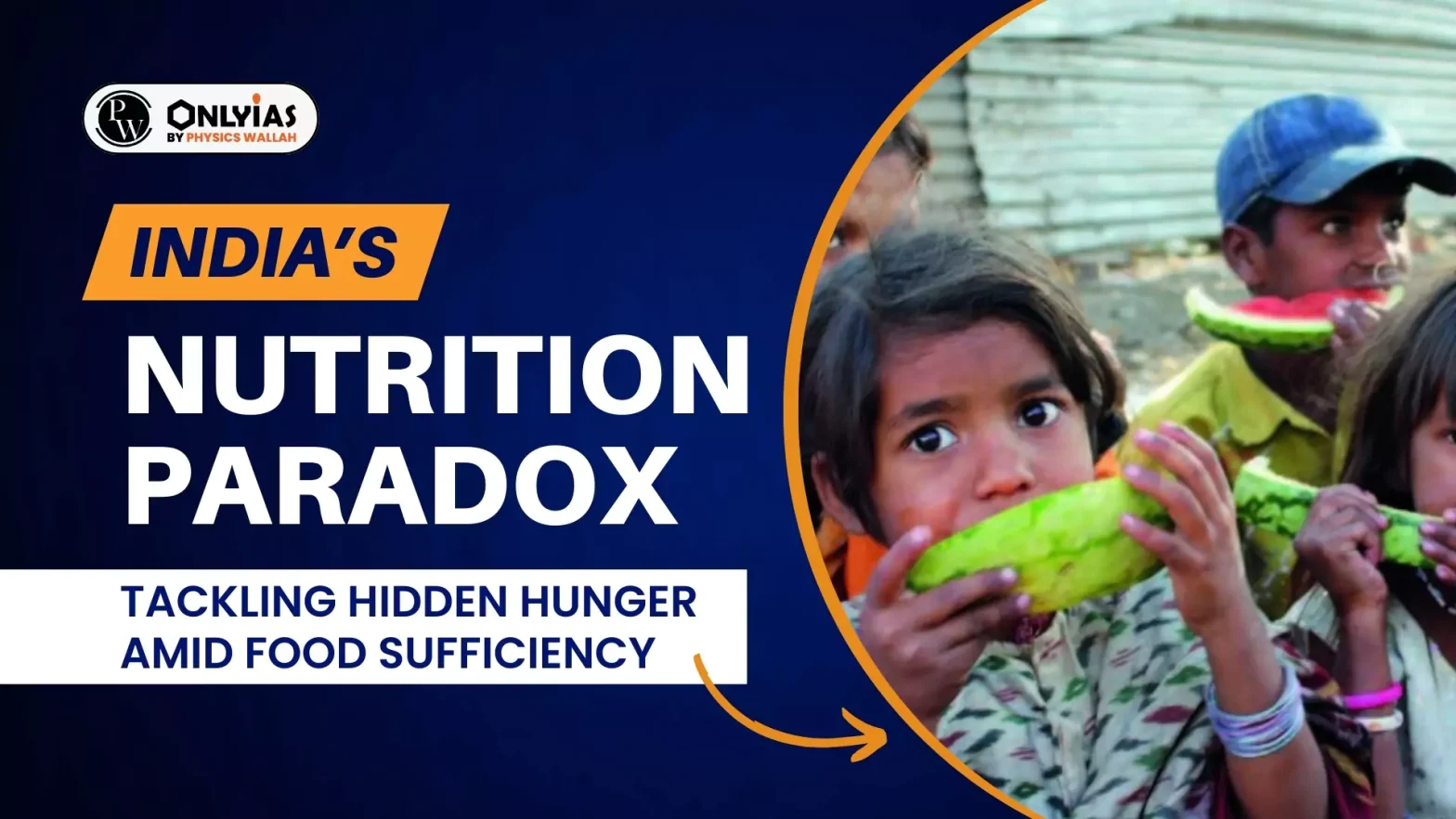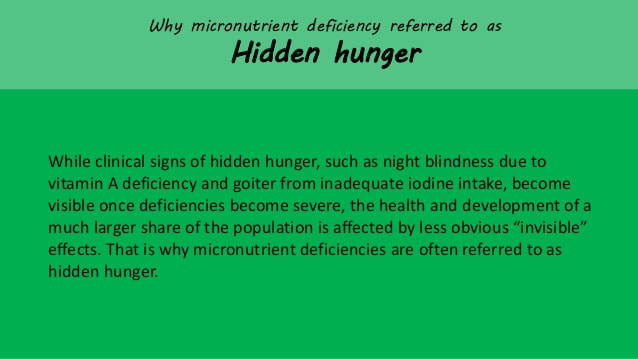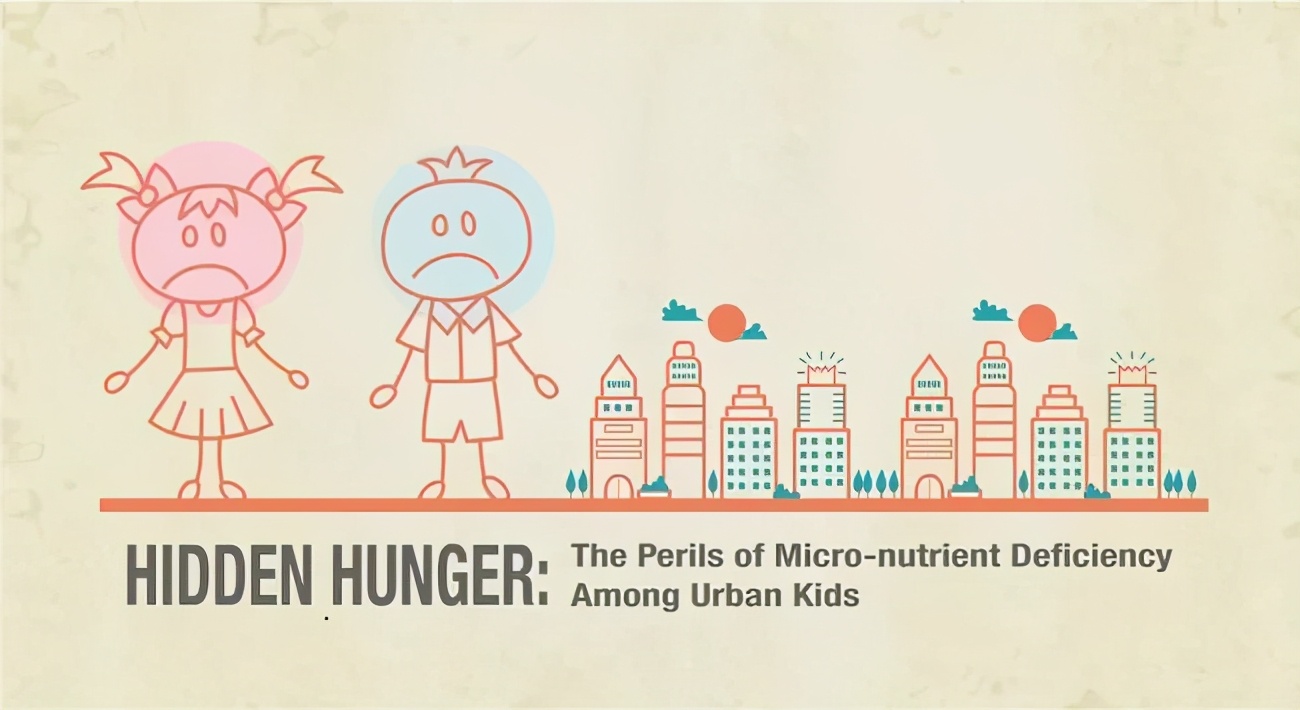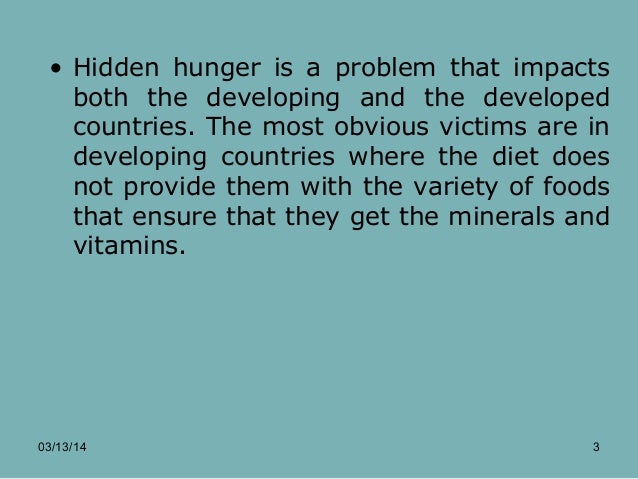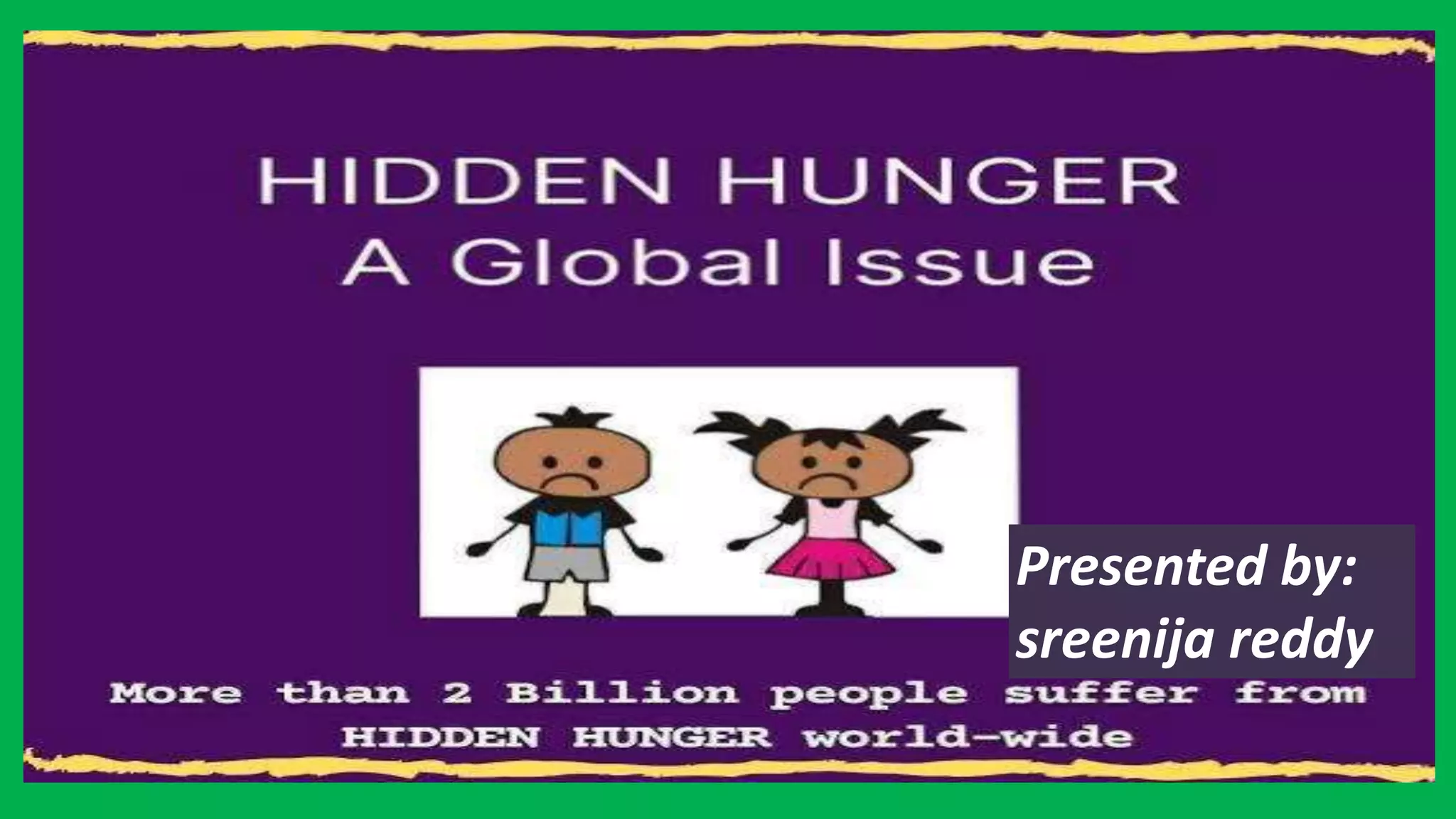Is Hidden Hunger A Real Thing
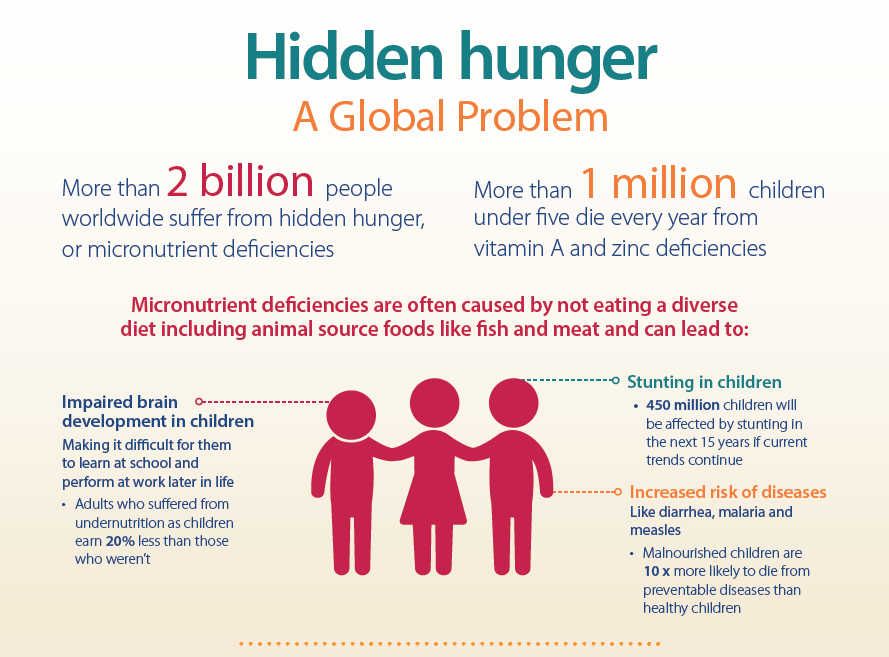
Millions globally are suffering from hidden hunger, a condition where individuals consume enough calories but lack essential vitamins and minerals. This silent crisis undermines health, development, and economic productivity, demanding immediate attention and action.
While visible hunger, or undernourishment, is characterized by insufficient calorie intake, hidden hunger, also known as micronutrient deficiency, often goes unnoticed. It's a pervasive issue affecting both developing and developed nations, highlighting the urgent need for targeted interventions.
The Scope of the Crisis
The World Health Organization (WHO) estimates that over 2 billion people worldwide suffer from micronutrient deficiencies. This staggering figure underscores the magnitude of the problem.
Iron deficiency, leading to anemia, affects an estimated 1.62 billion people globally. Vitamin A deficiency compromises the immune system of around 190 million children under five. Iodine deficiency remains a significant concern, impacting brain development, particularly in pregnant women and young children.
Who is Affected?
Hidden hunger disproportionately affects vulnerable populations.
Children under five, pregnant and lactating women, and low-income communities are particularly at risk. According to UNICEF, micronutrient deficiencies contribute to 45% of all deaths among children under five.
Where is it Happening?
While prevalent in low- and middle-income countries, hidden hunger is not confined to these regions.
Even in developed nations, inadequate diets and food choices can lead to micronutrient deficiencies. Studies in the United States, for example, have shown widespread deficiencies in Vitamin D, magnesium, and potassium.
When Did This Become a Major Concern?
The recognition of hidden hunger as a distinct public health issue gained momentum in the late 20th century.
Increased research and awareness campaigns highlighted the long-term consequences of micronutrient deficiencies. Organizations like the Global Alliance for Improved Nutrition (GAIN) have been instrumental in advocating for solutions and funding interventions since 2002.
The Impact of Hidden Hunger
The consequences of hidden hunger are far-reaching, impacting both individual health and national development.
It leads to impaired cognitive development, weakened immune systems, increased susceptibility to infections, and reduced work productivity. The economic costs associated with hidden hunger are substantial, hindering economic growth and perpetuating cycles of poverty.
The Lancet published a series of papers highlighting the economic burdens. The estimate is several billions of dollars annually in lost productivity and healthcare costs.
Addressing the Challenge
Several strategies are being implemented to combat hidden hunger.
Food fortification, adding essential micronutrients to staple foods like salt, flour, and oil, is a cost-effective intervention. Dietary diversification, promoting the consumption of a variety of nutrient-rich foods, is crucial for long-term health. Supplementation programs, providing vitamin and mineral supplements to vulnerable populations, are effective in addressing immediate deficiencies. Biofortification, breeding crops with higher nutrient content, also shows great promise.
"Addressing hidden hunger is not just a health imperative; it's an economic and social necessity," says Dr. Francesco Branca, Director of the Department of Nutrition for Health and Development at the WHO.
These interventions require collaboration between governments, international organizations, the private sector, and communities.
Education and awareness campaigns are essential to empower individuals to make informed food choices and adopt healthy dietary practices. Furthermore, improved agricultural practices and food systems are needed to ensure access to nutritious foods for all.
Moving Forward
Addressing hidden hunger requires a sustained and coordinated effort.
Continued research is needed to identify the most effective interventions and tailor them to specific contexts. Increased funding and political commitment are essential to scale up existing programs and implement new initiatives. Monitoring and evaluation are crucial to track progress and ensure accountability.
The fight against hidden hunger is far from over, but with renewed commitment and targeted action, it is a challenge we can overcome. Prioritizing nutrition is an investment in a healthier, more prosperous future for all.

